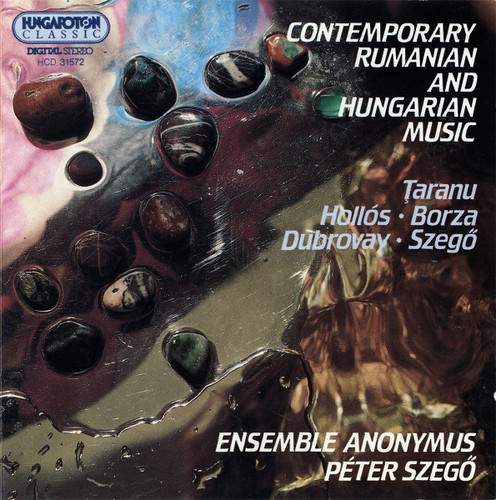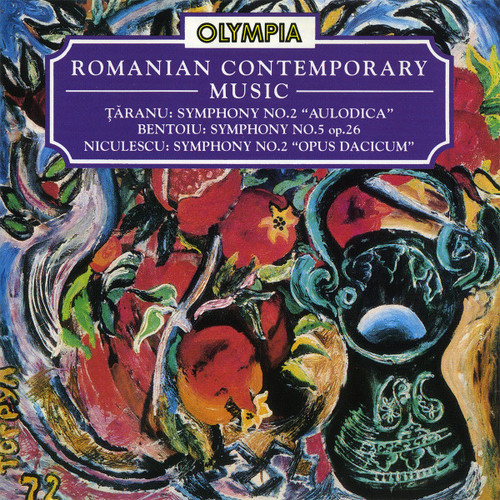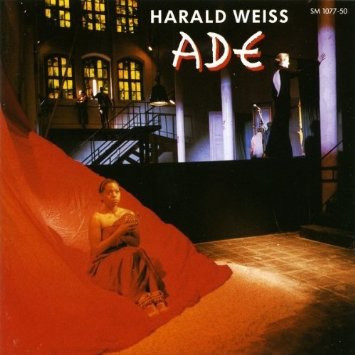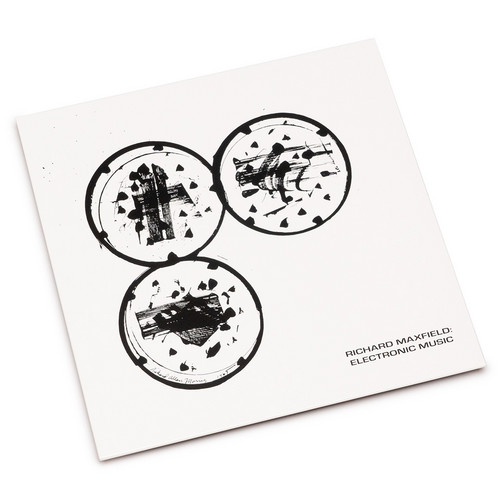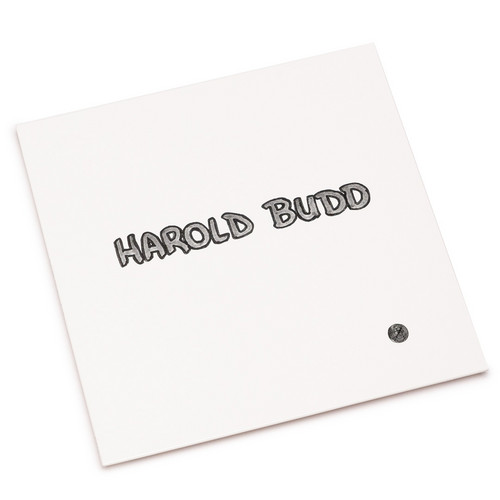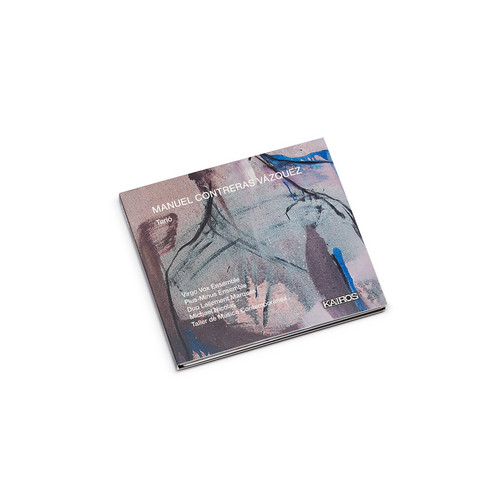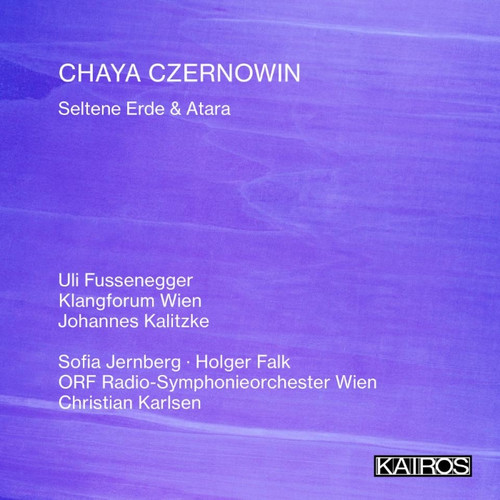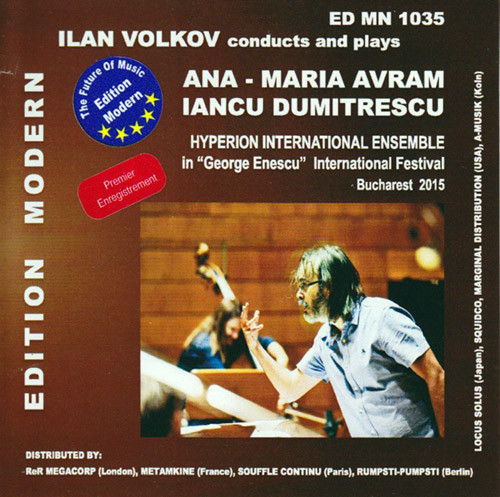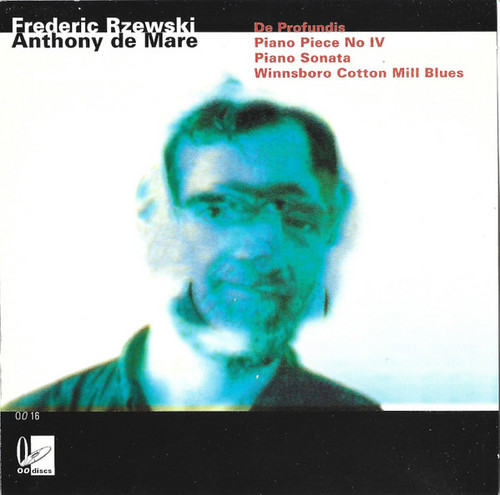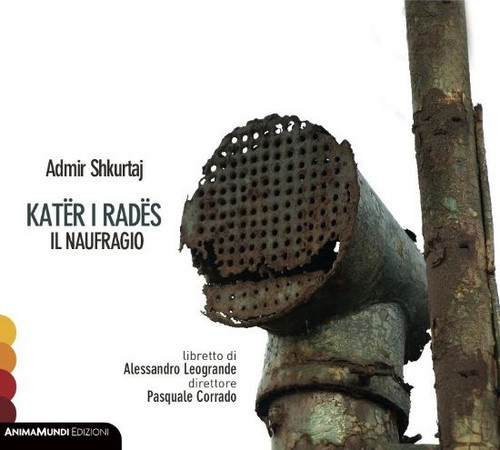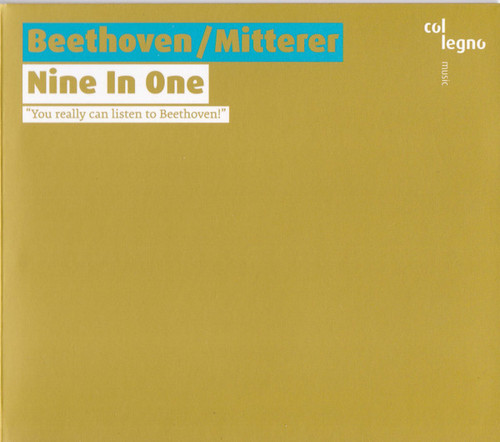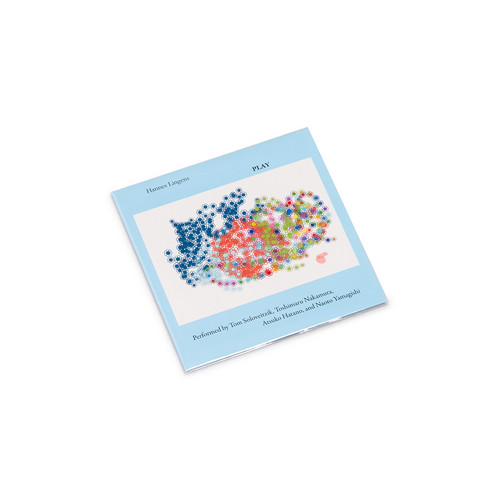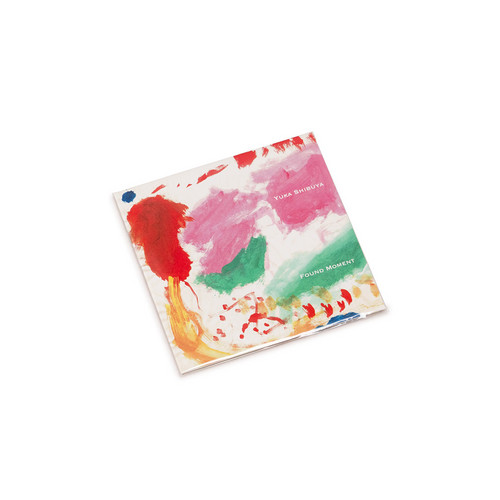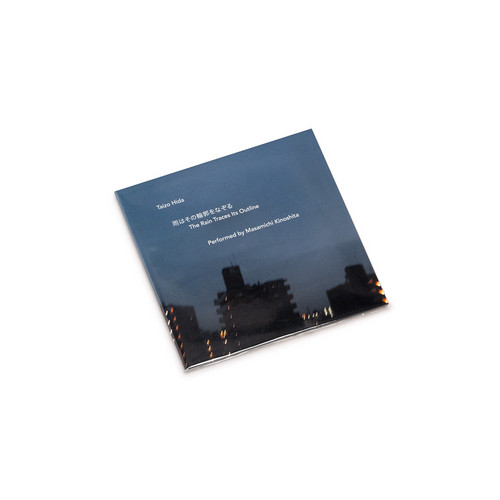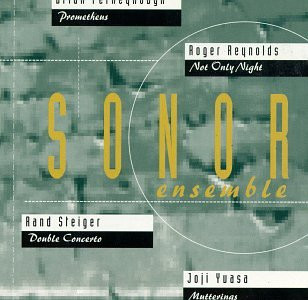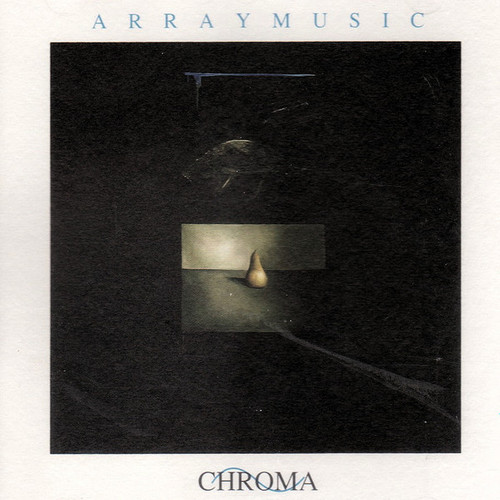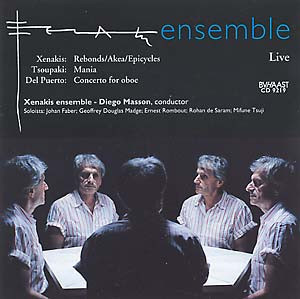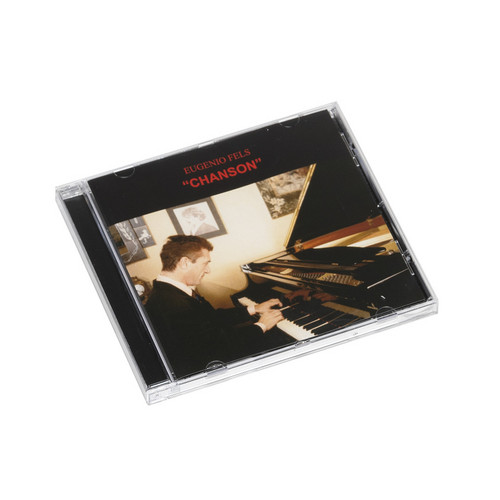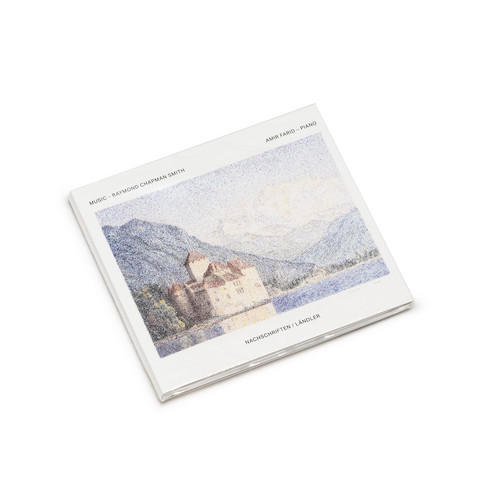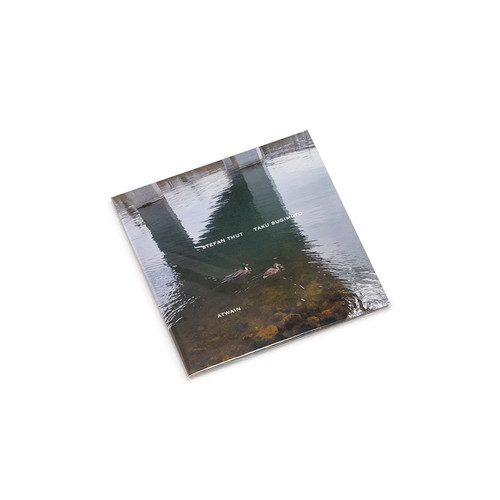Ade: Ein Stück Über Den Abschied
1988 release ** "In his musical theater piece "Ade," Harald Weiss combines elements of classical, folk, rock, and minimal music to create his signature style, which defies categorization. Solo and choral vocals, string quartet, piano, synthesizers, and percussion accompany the performance on the imaginary stage of the listener. The music leaves a feeling of emotion that can manifest itself as a lasting inner silence."
Electronic Music
First released in 1969 on the Advanced Recordings label, this album represents Richard Maxfield’s music manifesto. A wild collage of highly manipulated sonic events from an extreme variety of analog sources.
The Oak Of The Golden Dreams
The Lost Genesis of Ambient Minimalism: Harold Budd's Seminal The Oak Of The Golden Dreams Returns to Vinyl
Tarió
In his album Tarió, Manuel Contreras Vázquez presents a profound engagement with Latin American history, sound exploration, and experimental notation. Through intricate timbral textures and an architectural approach to composition, his works navigate themes of memory, resistance, and human experience. From intimate solo pieces to collective vocal and instrumental forces, Contreras Vázquez challenges conventional musical boundaries, blending silence, phonetics, and social narratives. This album o…
Seltene Erde & Atara
This compelling album presents works by Israeli composer Chaya Czernowin, exploring the fragile balance between destruction and communication, control and surrender. Seltene Erde transforms the double bass and ensemble into a shifting landscape of illusion and resonance, evoking the invisible forces shaping our world. Atara, born from the isolation of 2020, is a powerful orchestral lament, where vast sonic masses collide with the delicate voices of two singers, lost yet luminous. Through these w…
Ilan Volkov Conducts And Plays Ana-Maria Avram And Iancu Dumitrescu
2015 release (RARE) ** "World premieres of new compositions by Iancu Dumitrescu and Ana-Maria Avram performed live with the Hyperion International Ensemble under the batton of Ilan Volkov at the 15th George Enescu Festival in 2015."
De Profundis / Piano Piece No IV / Piano Sonata / Winnsboro Cotton Mill Blues
1995 release ** "This reading by Anthony de Mare of pianist Frederic Rzewski's compositions is a revelatory reading, in that those works that were written for piano and voice have never been heard outside of the composer's own interpretations. There's the amplified heavy breathing at the beginning of "De Profundis" that gives way to an angular series of scalar arpeggios and staccato phrasing before a long written oratory inspired by Oscar Wilde. At over 26 minutes, and composed for de Mare, Rzew…
Katër i radës. Il naufragio
2015 release ** "The Albanian patrol boat Katër i Radës sank in the Strait of Otranto in 1997 after being rammed by an Italian corvette that was trying to repel it. Around 100 women, men and children died while fleeing the civil war. Almost twenty years after that tragedy, the Albanian composer Admir Shkurtaj, who has lived in Salento by adoption, has written a contemporary chamber opera for the 2014 Venice Biennale (which commissioned it), with a libretto by Alessandro Leogrande and staged by t…
Nine In One - "You Really Can Listen To Beethoven"
2018 release ** "All the themes from all of Beethoven’s symphonies, played live by an orchestra, concentrated into one hour and supplemented with electronics – that’s “Nine in One”. Or: a wild rollercoaster ride through the twists and turns of Ludwig van Beethoven’s brain. In the front carriage: Wolfgang Mitterer. He has a reputation, as a musician many’s the time he’s tormented the big concert organs of the continent, as well as composing for important orchestras, ensembles and opera houses, ro…
Play
*250 copies limited edition* "Play" is a work by Berlin-based composer Hannes Lingens. The score consists of 100 cards on which brief instructions to the musicians are written. The CD "Play" (hitorri-963), which contains two performances of this work, was released on the Hitorri label in October 2023. Tom Soloveitzik, a musician from Israel who was living in Tokyo at the time of that release, had participated in one of the performances on the CD. As a result, a performance, produced by Soloveitz…
Found Moment
*2025 stock. 300 copies limited edition* Tokyo-based composer Yuka Shibuya released the album "Works for Piano," a selection of piano compositions performed by Satoko Inoue, on the Ftarri Classical label in 2021. This new CD release, also from Ftarri Classical, documents performances of six compositions by Shibuya.
"Found Moment" is comprised of live performances held in the concert space in Ftarri, Tokyo. In a concert that took place on September 20, 2021, “View from the Round Window 2” (2018) …
The Rain Traces Its Outline
*250 copies limited edition* Composer Taizo Hida was born in 1972 and lives in Osaka. In 2022, the album "of rain," in which pianist Satoko Inoue performs compositions by Hida, was released on Ftarri Classical and received high praise. Two new albums have been issued simultaneously on Ftarri Classical in order to showcase the richness of Taizo Hida's creations. One of these is the CD The Rain Traces Its Outline.
“The Rain Traces Its Outline” is a work for piano that Hida completed in 2023. It wa…
Sonor Ensemble
1993 release ** "When the founders of the University of California, San Diego (UCSD) set out to develop a Department of Music, they decided to start with composers and leave it to them to attract performers and scholars to an environment that could be a home for exploration and invention, unceasing challenge and debate. The intention was to have musicians as committed to new perspectives and discoveries as, say, UCSD's physicists. Even before the department was established, Harry Partch was invi…
Chroma
1991 release ** This disc features a colourful array of contemporary works by international and Canadian composers. From the reflective and lyrical Little Venice to the dazzling, virtuosic percussion piece She Who Sleeps with a Small Blanket, Toronto’s premier contemporary chamber ensemble, Arraymusic, provides the listener with a five course meal for the ears. Linda C. Smith Little Venice, Steve Reich New York Counterpoint, José Evangelista Merapi, Rodney Sharman Dark Glasses, Kevin Volans She …
Live
1992 release ** "'Rebonds' (I. Xenakis), 'Akea' (I. Xenakis), 'Epicycles' (I. Xenakis), 'Mania' (C. Tsoupaki), 'Concerto For Oboe And Chamber Ensemble' (D. del Puerto) - Machiko Takahasi (fl.), Ernest Rombout (ob.), Mark Dijcks, Ria Kleinjan (cl.), Jonathan Reeder, Stefanie Liedtke (bsn.), Fokke van Heel, Guillermo Zarzo (h.), Peter van Dinther (tp.), Willie Verdievel (tb.), Jan van der Sanden (tu.), Mifune Tsuji, Izumi Okubo, Paul Hendriks (vl), Susan Bierre (vla), Tadashi Tanaka (cel.), Thom d…
Chanson
2019 release ** "Rippling piano lines fill the air, once again rethinking the possibly of what contemporary Italian music is and was."
Nachschriften / Ländler
Nachschriften: A set of 26 short pieces that cycle through all the major and minor tonalities, Nachschriften are a series of reflections and variations on themes - sometimes, variations on variations. For the most part they are simple dances - minuets, mazurkas, waltzes and ländler. Ländler: The references, the paying of homage to Beethoven, Schubert, Schumann, Brahms, Mahler, Wolf and Zemlinsky are so obvious as to hardly need comment. They are heard through lenses polished by a later, more red…
Atwain
*250 copies limited edition* Tokyo-based guitarist/composer Taku Sugimoto and cellist/composer Stefan Thut, who lives in Solothurn, Switzerland, have a long association, performing together when Sugimoto visits Switzerland and when Thut comes to Japan. Their duo CD "Taku Sugimoto / Stefan Thut," which was released on the Ftarri label in 2018, was highly praised. The new duo CD by Sugimoto and Thut, "atwain," documents their performance of a single 39-minute work on the riverside in Solothurn in …
